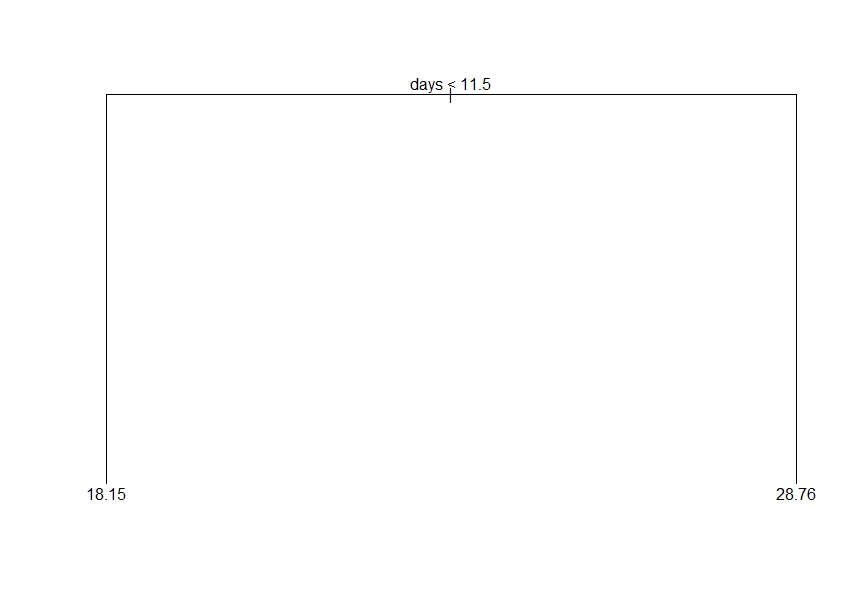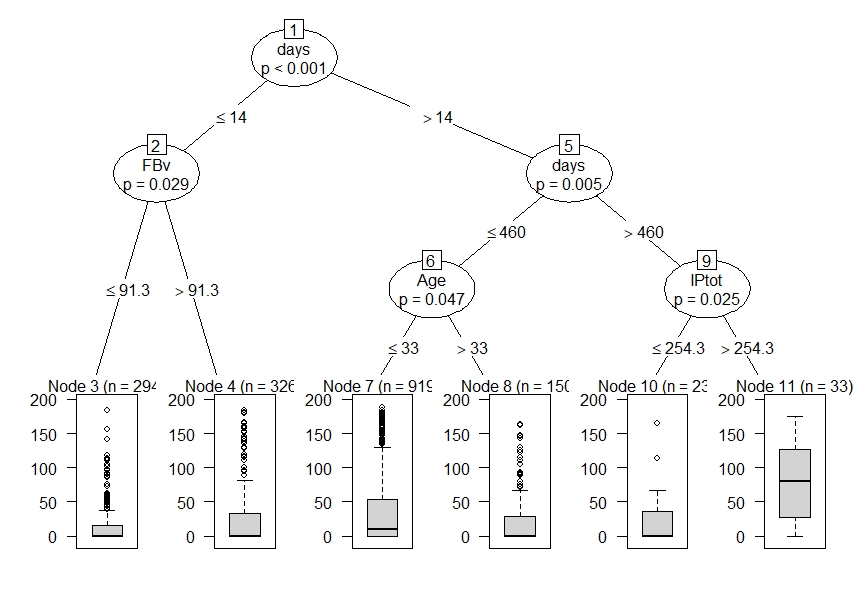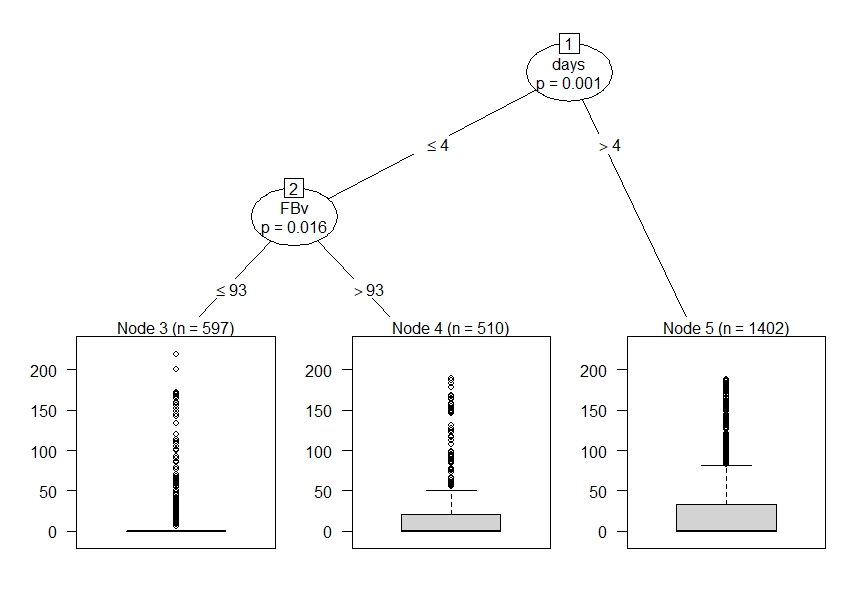One of my Launch Angle Podcast partners, Rob Silver, brought up how if there is a universal DH, the NL pitcher will no longer face ineffective bat-wielding pitchers. Simply, pitchers can’t hit. Last season in 4789 PA, National League pitchers hit for a combined .126/.157/.160. Our own Dan Szymborski continued the discussion to see if dominating pitchers hitting was a repeatable trait. I’m going to go a different route to investigate, using Dan’s information, how a pitcher’s projection would change going to an American League team (effectively including a DH) and this number affects a pitcher ranking.
I’m going to start off saying to not take any of the following information as the gospel truth. I’m trying to achieve a better projection that’ll be closer to the final outcome. Each stat and step in the process can be nitpicked along the way. I’m not even sure if the following method is the best way but it’s a way. I’m trying to move the discussion from “The DH will be a try breaker for me when drafting” (quote from a podcast I heard) to actually putting some number behind the possible changes.
Also, I’m not here to argue on why Jacob deGrom started out as the 8th ranked starter and he’s now 9th. I just collect a projection set. Anyone who uses stats to generate their projections will have their own secret sauce. I have my own. I just need a projection framework and live with it. Here is how I set it up.
I downloaded the 2020 ZiPS projections from here at FanGraphs. I used the ZiPS values since Dan created them and I’ll be using the inter-league adjustments provide in his article.
Then I changed each pitcher’s stats using Dan’s 2019 variables.
Variable: Change
- BB%: +4%
- K%: -5%
- AVG: +.007
- RC/G: +13%
I just adjusted the pitcher’s projected stats by the above values and created a hits estimate from the AVG with few assumptions.
NL pitcher innings projections have two offsetting values that could also be in play. The worse results could lead to fewer innings thrown (i.e. early hook) and the pitcher’s value could drop. On the other hand, the times a pitcher nearing his pitch limit will be replaced by a pinch batter will disappear. One of the two factors will likely dominate
Next, I used the 2019 12-team SGP (Standings Gain Points) formula from The Process to create pitcher valuations. The SGP value is the expected jump in the standings if that pitcher’s stats are added to a team’s stats. Here are results from the final top-40 starting pitcher using the SGP formula and ZiPS projections (I’m not sure why the TJS pitchers are still included but I don’t get paid the big bucks to know such things).
NL Starting Pitcher Adjustments
| Initial |
|
|
|
|
|
|
|
Adjusted |
|
|
|
|
|
|
| 1 |
Gerrit Cole |
200 |
16 |
280 |
3.11 |
1.01 |
18.5 |
1 |
|
|
|
|
18.5 |
0 |
| 2 |
Justin Verlander |
190.3 |
16 |
243 |
3.22 |
0.98 |
17.5 |
2 |
|
|
|
|
17.5 |
0 |
| 4 |
Lucas Giolito |
176 |
14 |
235 |
3.22 |
1.07 |
15.4 |
3 |
|
|
|
|
15.4 |
1 |
| 3 |
Max Scherzer |
174 |
13 |
236 |
3.00 |
0.98 |
16.0 |
4 |
13 |
224 |
3.39 |
1.02 |
13.8 |
-1 |
| 7 |
Chris Sale |
164.7 |
13 |
216 |
3.12 |
1.01 |
15.0 |
5 |
|
|
|
|
15.0 |
2 |
| 5 |
Jack Flaherty |
189.7 |
13 |
236 |
3.13 |
1.05 |
15.4 |
6 |
13 |
224 |
3.54 |
1.09 |
13.2 |
-1 |
| 6 |
Stephen Strasburg |
184.7 |
15 |
221 |
3.22 |
1.09 |
15.2 |
7 |
15 |
210 |
3.63 |
1.13 |
13.0 |
-1 |
| 9 |
Shane Bieber |
195.7 |
13 |
213 |
3.63 |
1.11 |
14.1 |
8 |
|
|
|
|
14.1 |
1 |
| 8 |
Jacob deGrom |
184.3 |
12 |
223 |
2.88 |
1.04 |
14.7 |
9 |
12 |
212 |
3.26 |
1.08 |
12.5 |
-1 |
| 10 |
Luis Severino |
166.3 |
14 |
201 |
3.52 |
1.12 |
13.9 |
10 |
|
|
|
|
13.9 |
0 |
| 11 |
Walker Buehler |
167.7 |
11 |
201 |
3.27 |
1.07 |
13.3 |
11 |
|
|
|
|
13.3 |
0 |
| 12 |
Clayton Kershaw |
166.7 |
12 |
176 |
3.24 |
1.04 |
13.1 |
12 |
|
|
|
|
13.1 |
0 |
| 15 |
Zack Greinke |
179.7 |
13 |
172 |
3.91 |
1.12 |
12.7 |
13 |
|
|
|
|
12.7 |
2 |
| 13 |
Trevor Bauer |
190.3 |
13 |
222 |
3.74 |
1.25 |
13.0 |
14 |
13 |
211 |
4.22 |
1.29 |
10.7 |
-1 |
| 14 |
Aaron Nola |
194 |
12 |
213 |
3.57 |
1.2 |
11.4 |
15 |
12 |
202 |
4.04 |
1.24 |
10.7 |
-1 |
| 20 |
Charlie Morton |
159 |
12 |
185 |
3.34 |
1.18 |
10.6 |
16 |
|
|
|
|
10.6 |
4 |
| 21 |
Jose Berrios |
190 |
13 |
193 |
4.17 |
1.25 |
10.6 |
17 |
|
|
|
|
10.6 |
4 |
| 16 |
Luis Castillo |
175.3 |
12 |
198 |
3.59 |
1.19 |
11.0 |
18 |
12 |
188 |
4.06 |
1.23 |
10.3 |
-2 |
| 24 |
Lance Lynn |
173.3 |
14 |
193 |
4.05 |
1.33 |
10.2 |
19 |
|
|
|
|
10.2 |
5 |
| 17 |
German Marquez |
180 |
12 |
190 |
4.00 |
1.18 |
10.8 |
20 |
12 |
181 |
4.52 |
1.21 |
10.2 |
-3 |
| 18 |
Noah Syndergaard |
186.7 |
11 |
197 |
3.33 |
1.17 |
10.8 |
21 |
11 |
187 |
3.76 |
1.21 |
10.1 |
-3 |
| 19 |
Patrick Corbin |
182.3 |
12 |
205 |
3.80 |
1.24 |
10.7 |
22 |
12 |
195 |
4.30 |
1.28 |
10.0 |
-3 |
| 26 |
Mike Clevinger |
146.7 |
11 |
175 |
3.62 |
1.19 |
9.8 |
23 |
|
|
|
|
9.8 |
3 |
| 28 |
Matthew Boyd |
173 |
10 |
193 |
4.37 |
1.24 |
9.6 |
24 |
|
|
|
|
9.6 |
4 |
| 29 |
Blake Snell |
135.3 |
11 |
173 |
3.33 |
1.2 |
9.6 |
25 |
|
|
|
|
9.6 |
4 |
| 23 |
Zac Gallen |
159 |
12 |
185 |
3.62 |
1.22 |
10.3 |
26 |
12 |
176 |
4.09 |
1.26 |
9.6 |
-3 |
| 22 |
Robbie Ray |
164.3 |
11 |
222 |
4.00 |
1.3 |
10.3 |
27 |
11 |
211 |
4.52 |
1.35 |
9.6 |
-5 |
| 25 |
Chris Paddack |
159 |
10 |
174 |
3.68 |
1.11 |
10.1 |
28 |
10 |
165 |
4.16 |
1.15 |
9.5 |
-3 |
| 31 |
James Paxton |
143.7 |
11 |
169 |
3.82 |
1.21 |
9.5 |
29 |
|
|
|
|
9.5 |
2 |
| 34 |
Jake Odorizzi |
149.7 |
12 |
158 |
4.09 |
1.26 |
9.1 |
30 |
|
|
|
|
9.1 |
4 |
| 27 |
Yu Darvish |
154.3 |
8 |
190 |
3.56 |
1.13 |
9.7 |
31 |
8 |
181 |
4.02 |
1.17 |
9.1 |
-4 |
| 30 |
Sonny Gray |
158 |
11 |
171 |
3.82 |
1.21 |
9.6 |
32 |
11 |
162 |
4.31 |
1.25 |
8.9 |
-2 |
| 37 |
Eduardo Rodriguez |
174.3 |
12 |
177 |
4.28 |
1.34 |
8.9 |
33 |
|
|
|
|
8.9 |
4 |
| 38 |
Carlos Carrasco |
131.3 |
10 |
152 |
3.97 |
1.16 |
8.9 |
34 |
|
|
|
|
8.9 |
4 |
| 39 |
Mike Minor |
172.7 |
12 |
161 |
4.48 |
1.29 |
8.9 |
35 |
|
|
|
|
8.9 |
4 |
| 32 |
Mike Soroka |
176 |
11 |
154 |
3.32 |
1.16 |
9.5 |
36 |
11 |
146 |
3.76 |
1.20 |
8.9 |
-4 |
| 33 |
Kyle Hendricks |
169.3 |
12 |
143 |
3.67 |
1.18 |
9.4 |
37 |
12 |
136 |
4.14 |
1.21 |
8.8 |
-4 |
| 41 |
Corey Kluber |
144.7 |
11 |
145 |
3.98 |
1.2 |
8.8 |
38 |
|
|
|
|
8.8 |
3 |
| 42 |
Masahiro Tanaka |
168 |
11 |
150 |
4.34 |
1.23 |
8.8 |
39 |
|
|
|
|
8.8 |
3 |
| 43 |
Tyler Glasnow |
119.7 |
9 |
162 |
3.53 |
1.19 |
8.7 |
40 |
|
|
|
|
8.7 |
3 |
The changes are significant once all three factors (WHIP, ERA, strikeouts) are factored in. While the rank changes by just one or two with the top-10 or so arms, the difference becomes significant around pick 20 with moves of four spots. Maybe this change is a tie-breaker for some owners, but if an owner gains an extra ~1 SGP from all nine pitchers, it becomes nine spots in the standings. I think every owner would take those extra spots.
Just eyeballing the differences, it’s ~0.40 increase in ERA and 0.04 bump in WHIP to go with the 5% drop in strikeouts. The near half run increase in ERA will scare off quite a few owners by itself. Other owners will get blow off the possible changes, but in my current opinion, they will be playing catch up if they ignore them.
Again, don’t take my word for it … I’m still coming to grips with Lance Lynn possibly jumping Patrick Corbin. I could be wrong with these calculations but hopefully, some other analysts will step up and perform the calculations. The possible change in production is likely the biggest valuation change with half the pitchers facing legit MLB hitters instead of the irrelevant pitcher.



